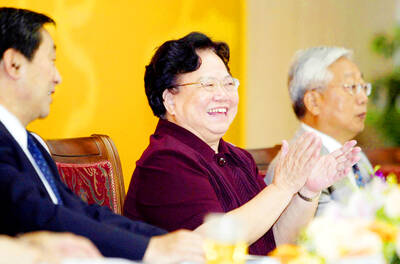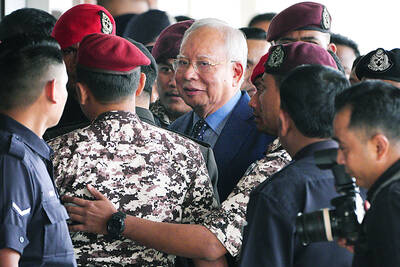The remains of a US fighter pilot have begun their long journey home from a deep jungle ravine in Fiji, 64 years after his airplane disappeared during a World War II sortie.
A 12-member team from the Hawaii-based Joint POW and MIA Accounting Command on Wednesday accepted the remains of the man -- whose identity the US Air Force has yet to reveal -- from the men, women and children of remote Naivucini village, on Fiji's main island, Viti Levu.
"There is a family back in the United States that's been missing a family member for the last 60 years," Ambassador Larry Dinger, US envoy in Fiji, told the villagers during the emotionally charged handing over ceremony that left a number of villagers teary-eyed.
"Thanks to your effort, this family will now be able to close a sad chapter of their lives and that's very important," Dinger said.
When the pilot and his single-seater P-39 Airacobra fighter disappeared during a wartime mission on April 22, 1942, no traces were found despite an aerial search that lasted four days, US officials said.
Some 62 years later, Sailosi Delana and his cousin Paula Cagidomo stumbled on wreckage while hunting for wild boar on Aug. 28, 2004.
"We were following the Dokosamaloa creek deep into the jungle when Paula showed me the remains of what we then thought was the tail of an aircraft," said Delana, 33.
"We didn't see the remains of the pilot but I did see magazines of ammunition on the ground," he said.
He took 17 bullets back to the village and two days later reported their find to the police.
Team commanding officer Major Albert Tabarez and anthropologist Joan Baker agreed that from the wreckage and position of the pilot's skeleton, he could not have survived the crash.
His dog tag wasn't recovered but personal effects including a ring and a wallet containing a washed-out photo, were found at the wreckage site, according to locals.
US officials believe they know the identity of the missing pilot but aren't releasing his name or other details until the remains found in Fiji are identified through DNA tests and the family informed.
Tabarez said the identity of the pilot would be confirmed at a laboratory in Hawaii.

The death of a former head of China’s one-child policy has been met not by tributes, but by castigation of the abandoned policy on social media this week. State media praised Peng Peiyun (彭珮雲), former head of China’s National Family Planning Commission from 1988 to 1998, as “an outstanding leader” in her work related to women and children. The reaction on Chinese social media to Peng’s death in Beijing on Sunday, just shy of her 96th birthday, was less positive. “Those children who were lost, naked, are waiting for you over there” in the afterlife, one person posted on China’s Sina Weibo platform. China’s

‘NO COUNTRY BUMPKIN’: The judge rejected arguments that former prime minister Najib Razak was an unwitting victim, saying Najib took steps to protect his position Imprisoned former Malaysian prime minister Najib Razak was yesterday convicted, following a corruption trial tied to multibillion-dollar looting of the 1Malaysia Development Berhad (1MDB) state investment fund. The nation’s high court found Najib, 72, guilty on four counts of abuse of power and 21 charges of money laundering related to more than US$700 million channeled into his personal bank accounts from the 1MDB fund. Najib denied any wrongdoing, and maintained the funds were a political donation from Saudi Arabia and that he had been misled by rogue financiers led by businessman Low Taek Jho. Low, thought to be the scandal’s mastermind, remains

‘POLITICAL LOYALTY’: The move breaks with decades of precedent among US administrations, which have tended to leave career ambassadors in their posts US President Donald Trump’s administration has ordered dozens of US ambassadors to step down, people familiar with the matter said, a precedent-breaking recall that would leave embassies abroad without US Senate-confirmed leadership. The envoys, career diplomats who were almost all named to their jobs under former US president Joe Biden, were told over the phone in the past few days they needed to depart in the next few weeks, the people said. They would not be fired, but finding new roles would be a challenge given that many are far along in their careers and opportunities for senior diplomats can

Australian Prime Minister Anthony Albanese yesterday announced plans for a national bravery award to recognize civilians and first responders who confronted “the worst of evil” during an anti-Semitic terror attack that left 15 dead and has cast a heavy shadow over the nation’s holiday season. Albanese said he plans to establish a special honors system for those who placed themselves in harm’s way to help during the attack on a beachside Hanukkah celebration, like Ahmed al-Ahmed, a Syrian-Australian Muslim who disarmed one of the assailants before being wounded himself. Sajid Akram, who was killed by police during the Dec. 14 attack, and